Lichtenburg
In June 1933, one of the first Nazi concentration camps was set up in a seventeenth-century castle in the city of Prettin, about 100 kilometres south of Berlin. It was mainly political opponents to the Nazis who were imprisoned in Lichtenburg. In September 1933 there were about 2000 prisoners in the camp/castle. When Sachsenhausen and Buchenwald opened in 1936 and 1937, respectively, Lichtenburg’s male prisoners were transferred to these camps and Lichtenburg became the first concentration camp for women. Lichtenburg was wound up when the much larger concentration camp Ravensbruck opened in May 1939. Almost a hundred deaths are documented during Lichtenburg’s existence.
In the autumn of 1933, the Swedish leader of the NSAP (National Socialist workers’ party), Sven Olov Lindholm, made a visit to the camp. Unsurprisingly, he gives a positive and beautifying image of the camp whose prisoners suffer no distress at all, and the ”exercis” practiced is only beneficial to the ”Marxist tycoons” who are incarcerated.
Current status: Preserved with museum (2011).
Address: Schlosstrasse, 06922 Prettin.
Get there: Car.
Follow up in books: Kogon, Eugen: The Theory and Practice of Hell: The German Concentration Camps and the System Behind Them (2006).
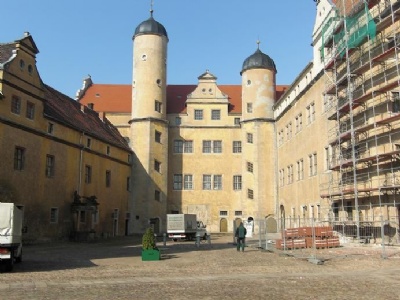
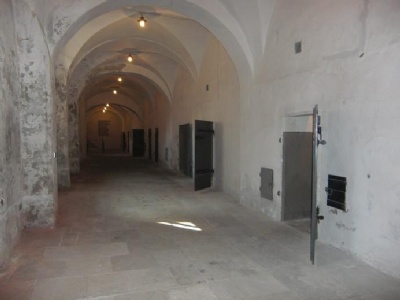
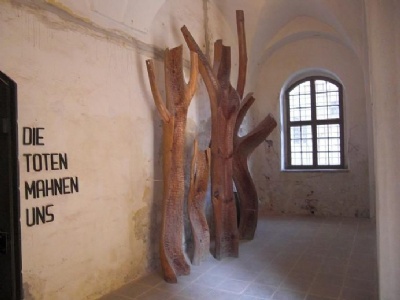
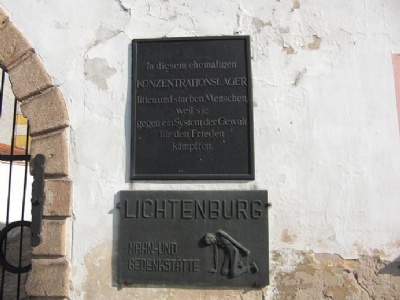
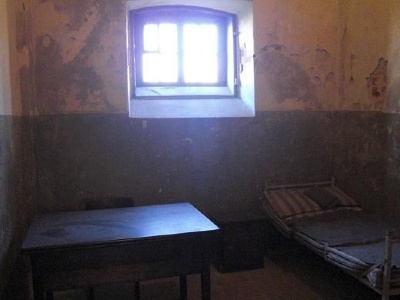
The entire castle is a museum about its history, but only a small part of the museum is about the castle’s history as a concentration camp. Former prisoner cells has been preserved and a few monuments has been erected. This was a typical concentration camp where the Nazis took what was available to imprison people for a shorter indefinite period. When the Nazis established itself, larger and more permanent camps were built to meet the increasing demands.